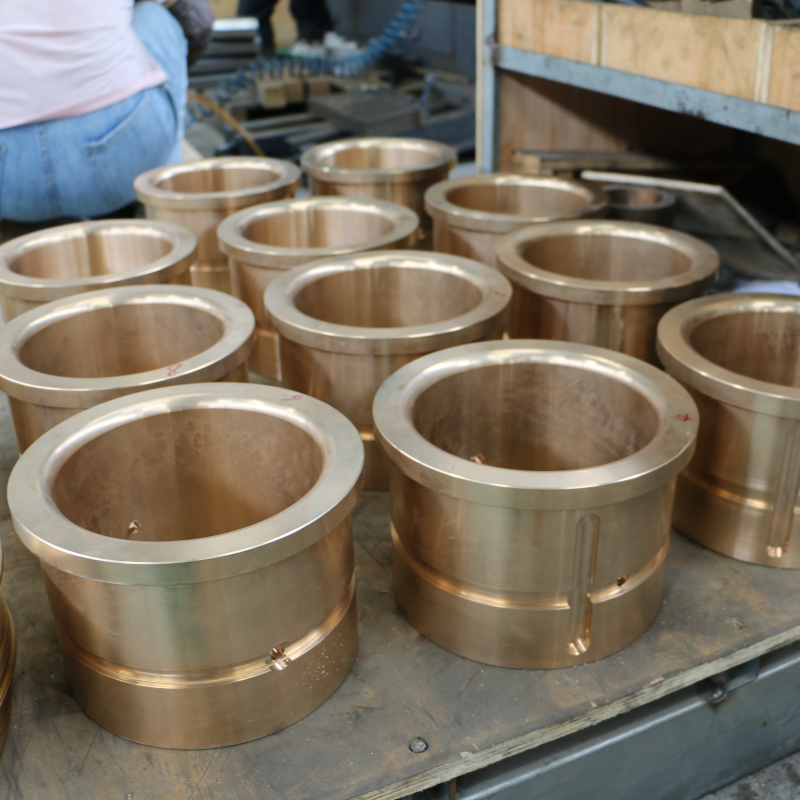Low Temperature Range
Generally speaking, a good quality copper bushing lubricant will maintain good performance at low temperatures down to - 40°C or even lower. This depends mainly on the base oil composition and additive formulation of the lubricant. For example, some lubricants with synthetic esters as base oils, due to their molecular structure, have a low pour point (the lowest temperature at which the oil can flow under the specified test conditions of a cooled specimen), and still maintain a certain degree of mobility in extremely cold environments.
However, when the temperature falls below the critical low temperature of the lubricant, it may become too viscous or even solidify. This causes the lubricant to be ineffective in forming a lubricant film between the bushing and the shaft, increasing start-up friction, which in turn may cause increased wear on the bushing.

High Temperature Range
Different types of bushing lubricants vary greatly in their performance at high temperatures. Ordinary mineral oil-based lubricants may start to show performance degradation at around 100 - 120°C, such as faster oxidation and thinning of the oil film.
High-performance synthetic lubricants, such as polyurea-based greases or perfluoropolyether lubricants, have excellent high-temperature performance. Polyurea-based greases are able to operate at temperatures as high as 150 - 200°C, while perfluoropolyether lubricants can withstand temperatures as high as 250 - 300°C, and play a role in lubricating copper bushings in high-temperature furnace and kiln equipment. However, even these high-temperature resistant lubricants will decompose, carbonize, and fail when temperatures far exceed their design limits.
| Previous:The role and types of copper bushing in cone crushers | Next:What is the difference between H59 brass and H62 brass? |




 Copyright © 2022
Copyright © 2022